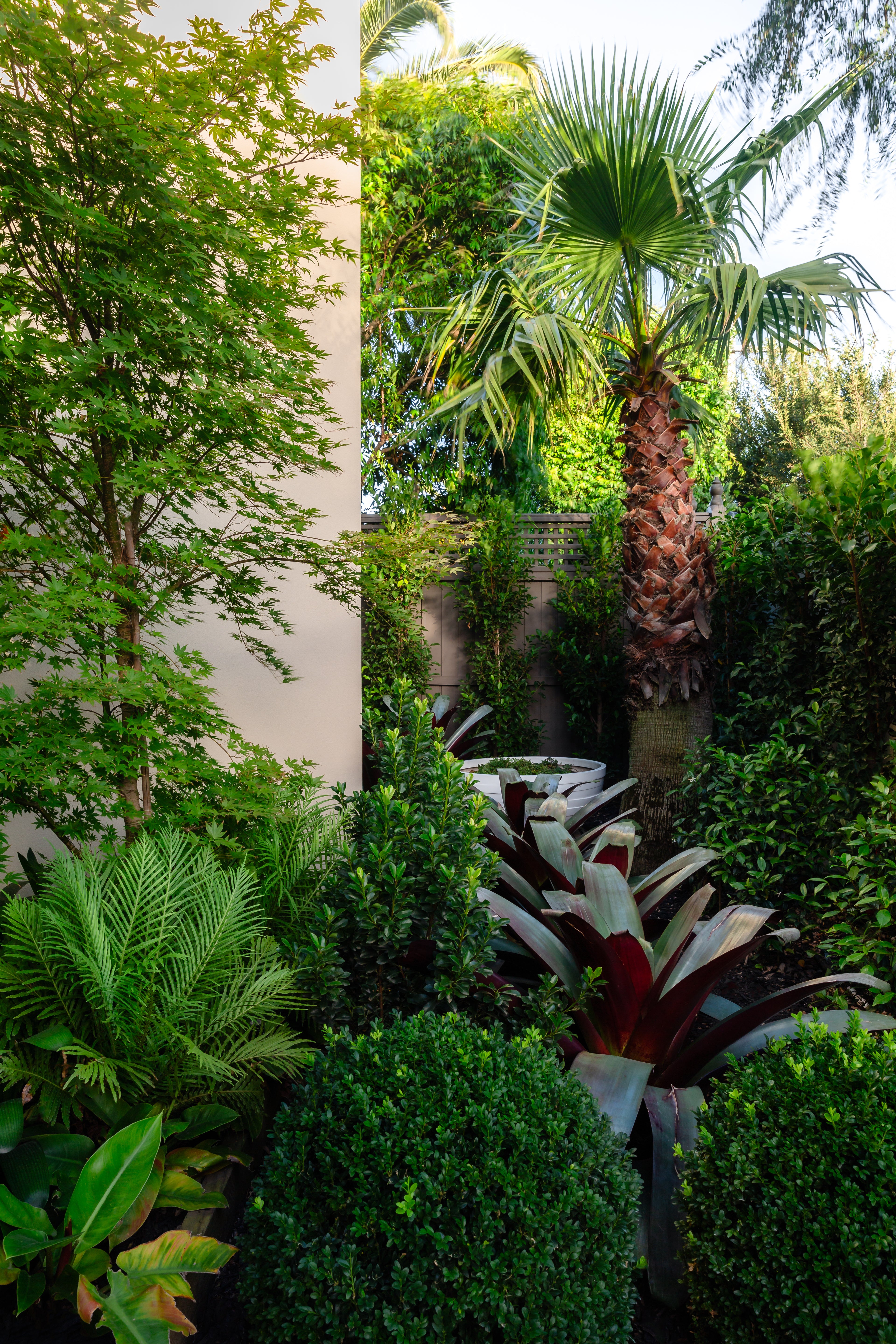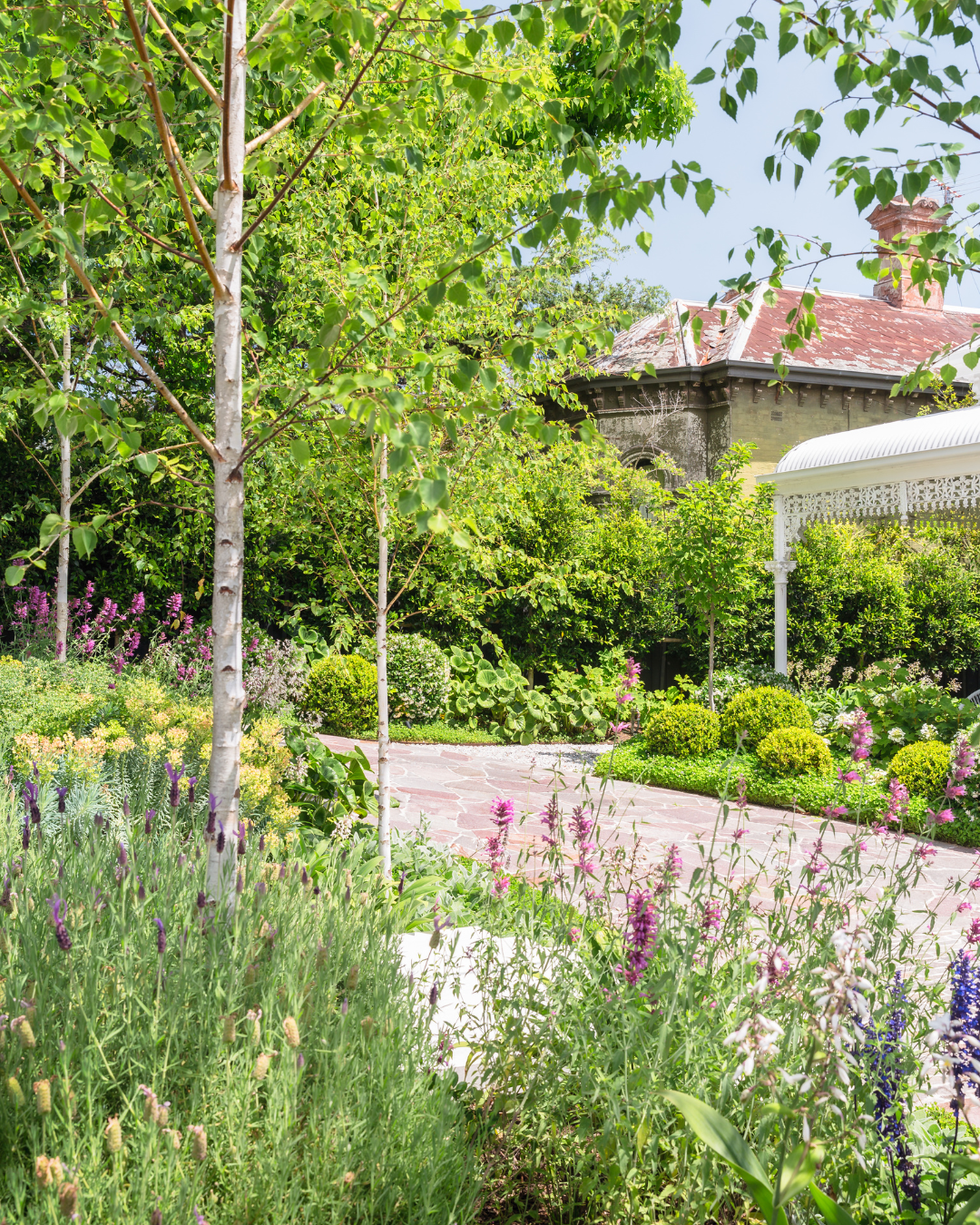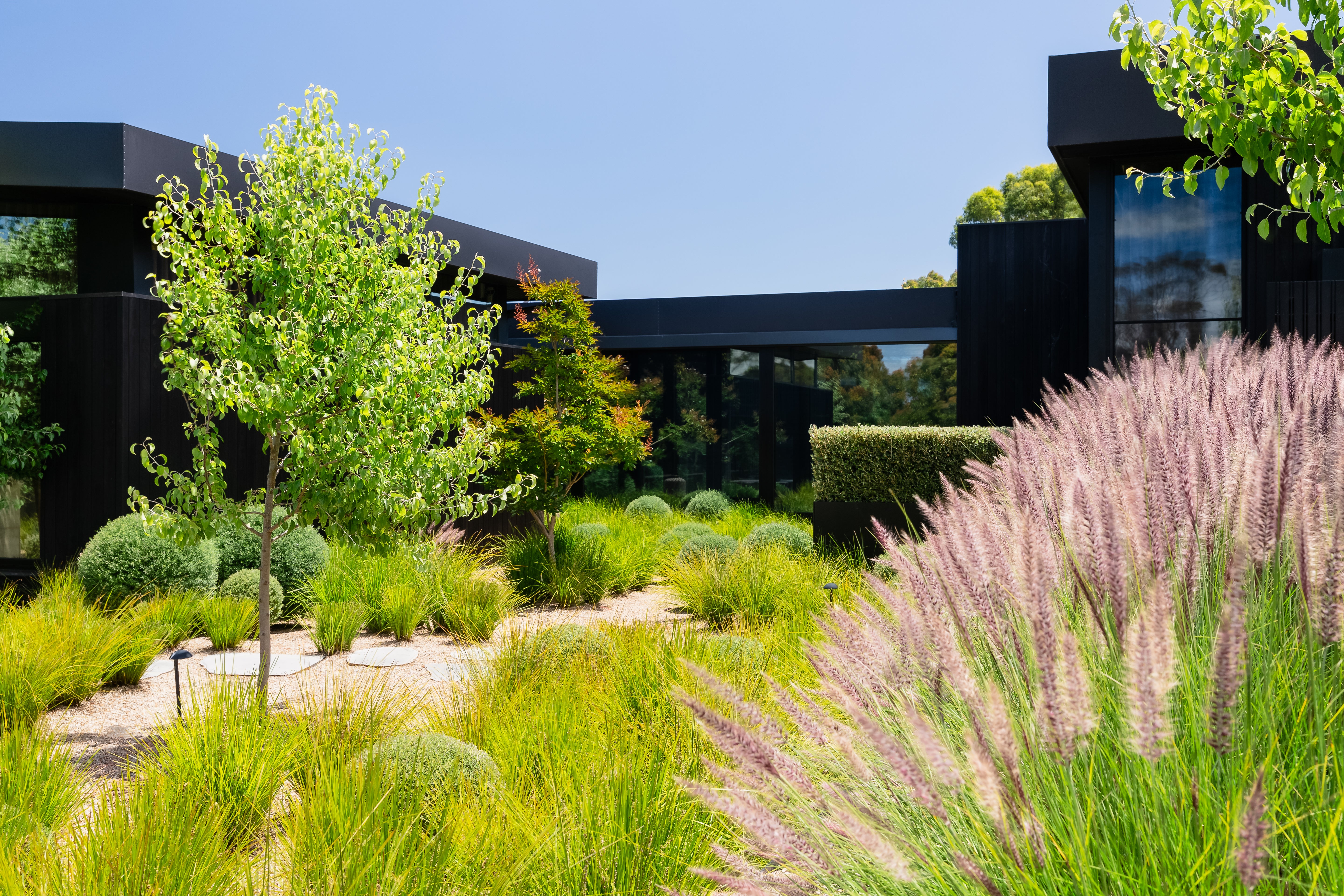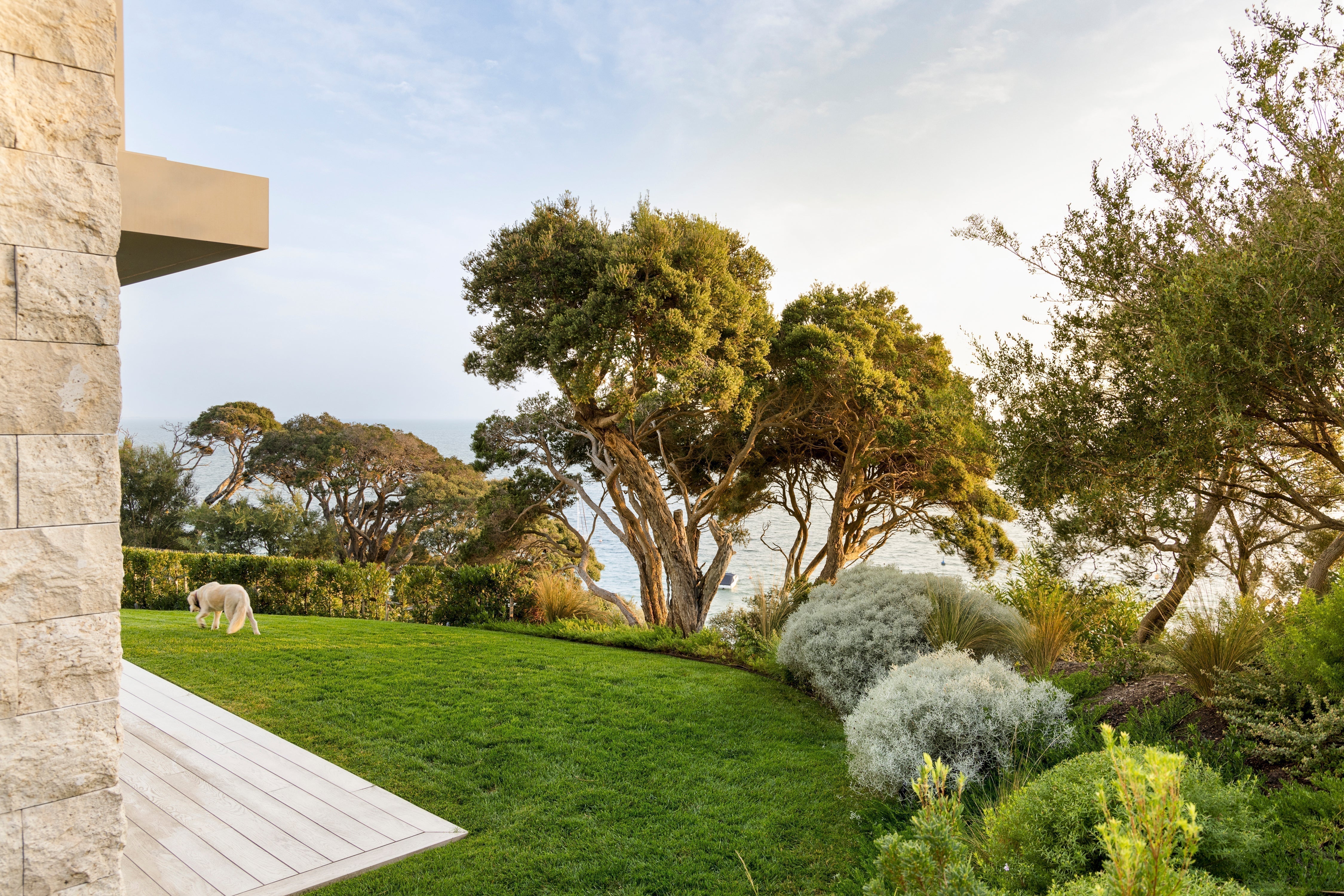
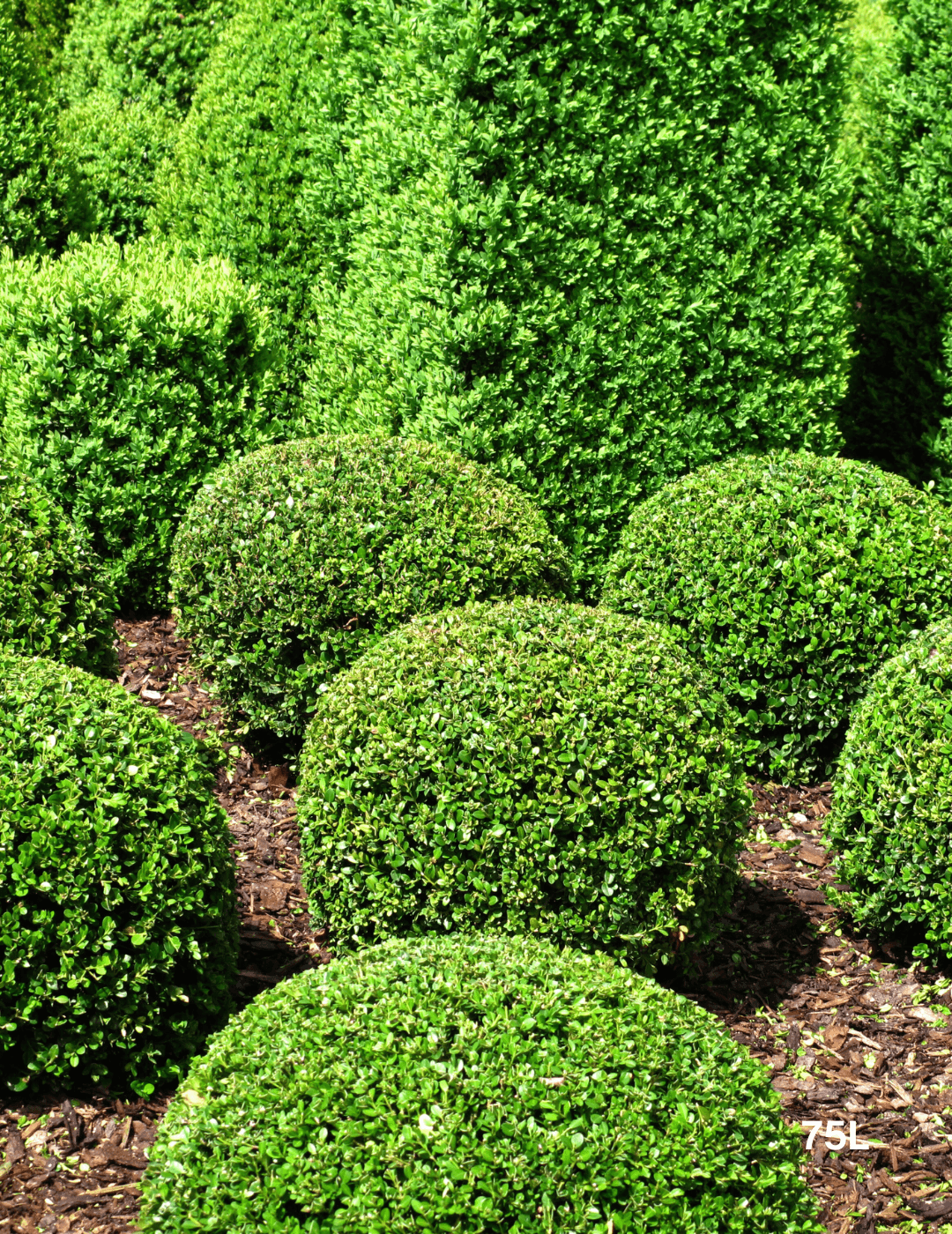
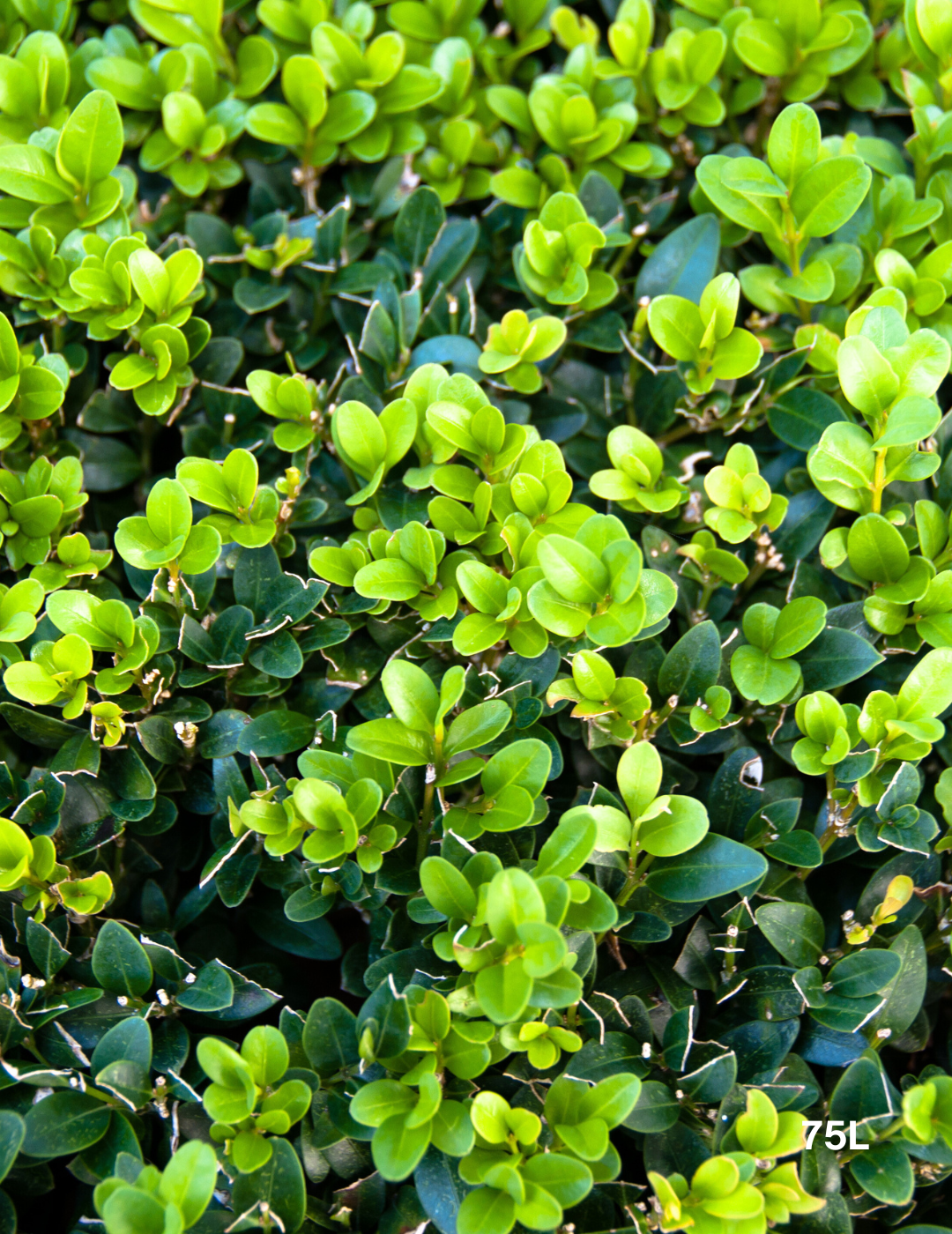
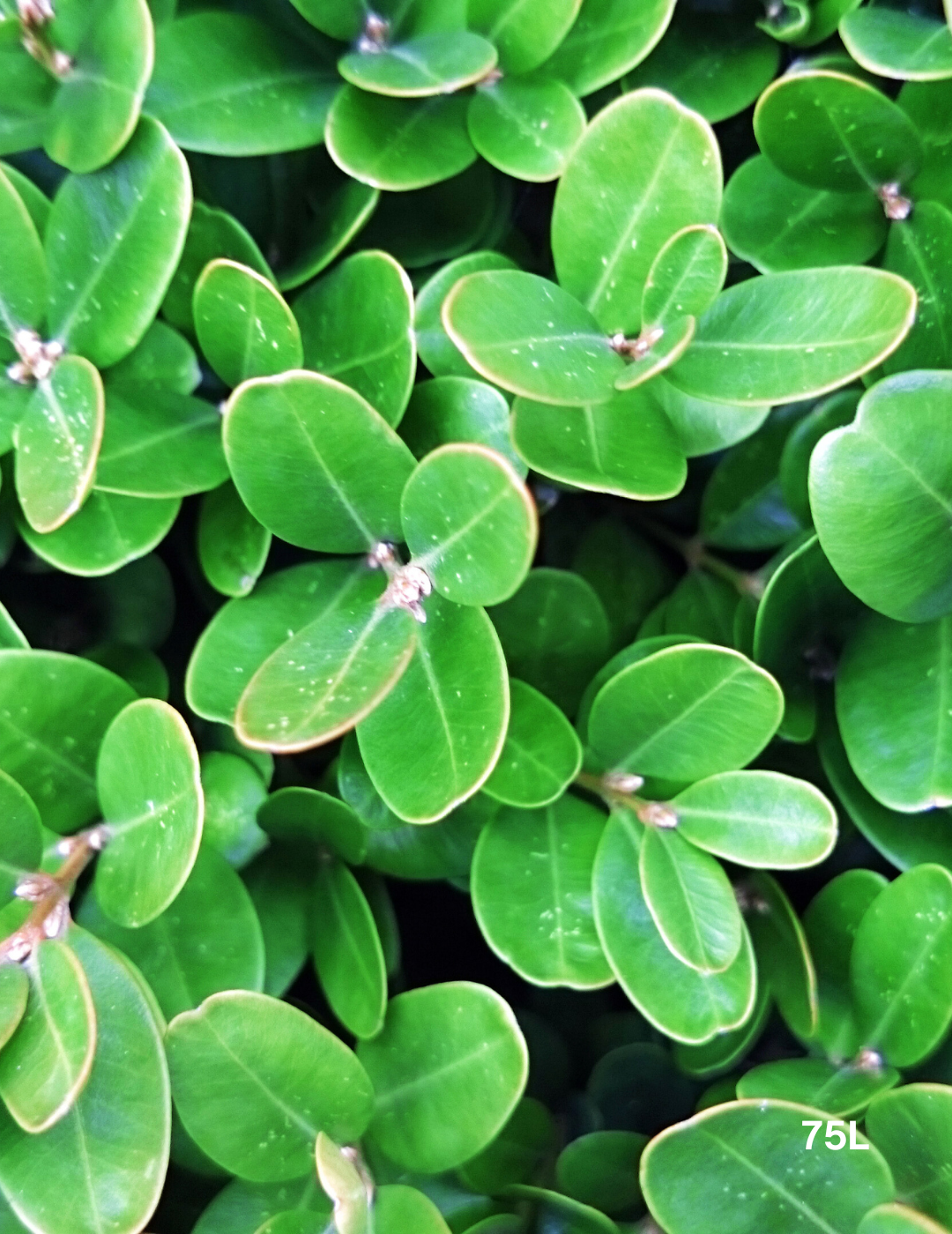
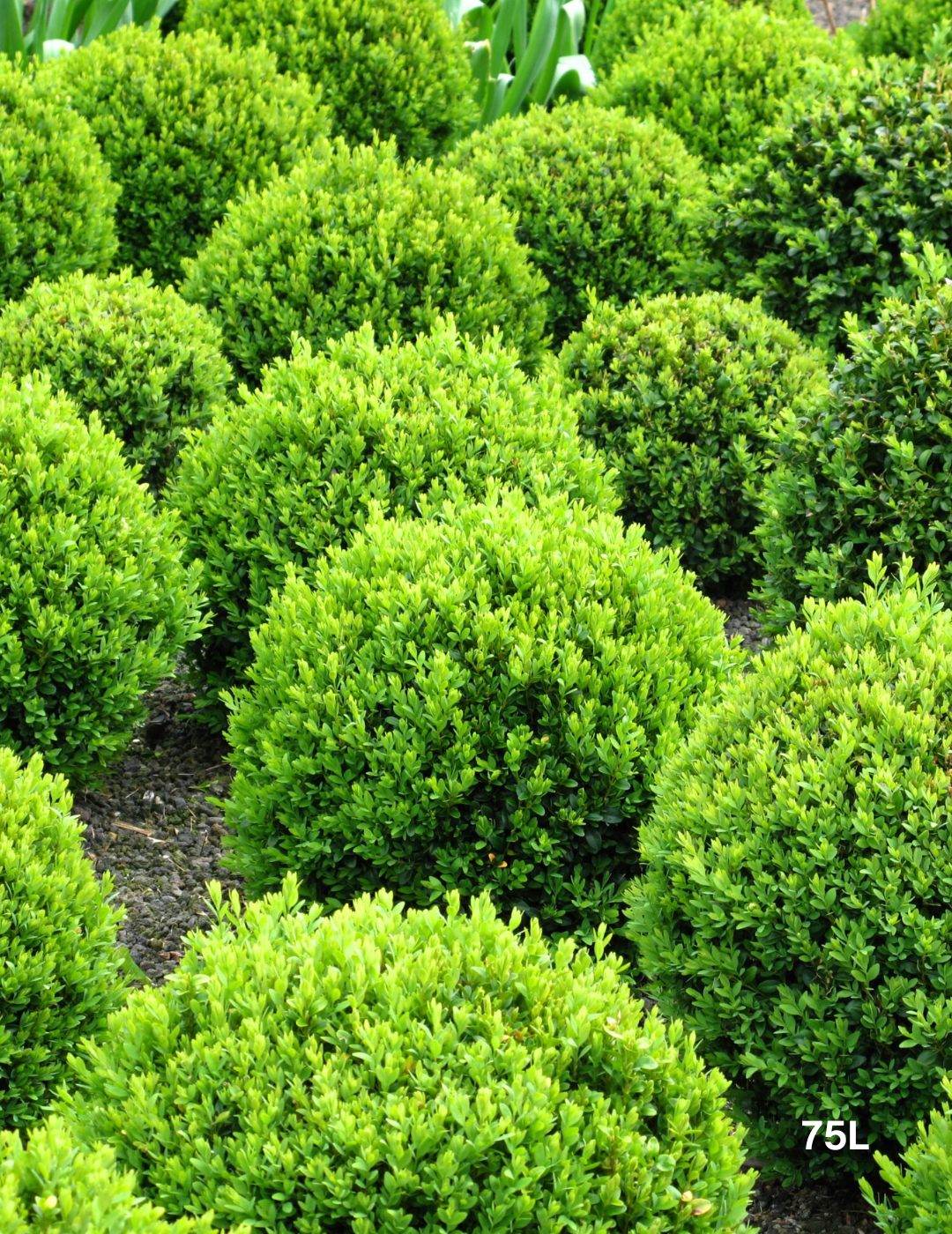
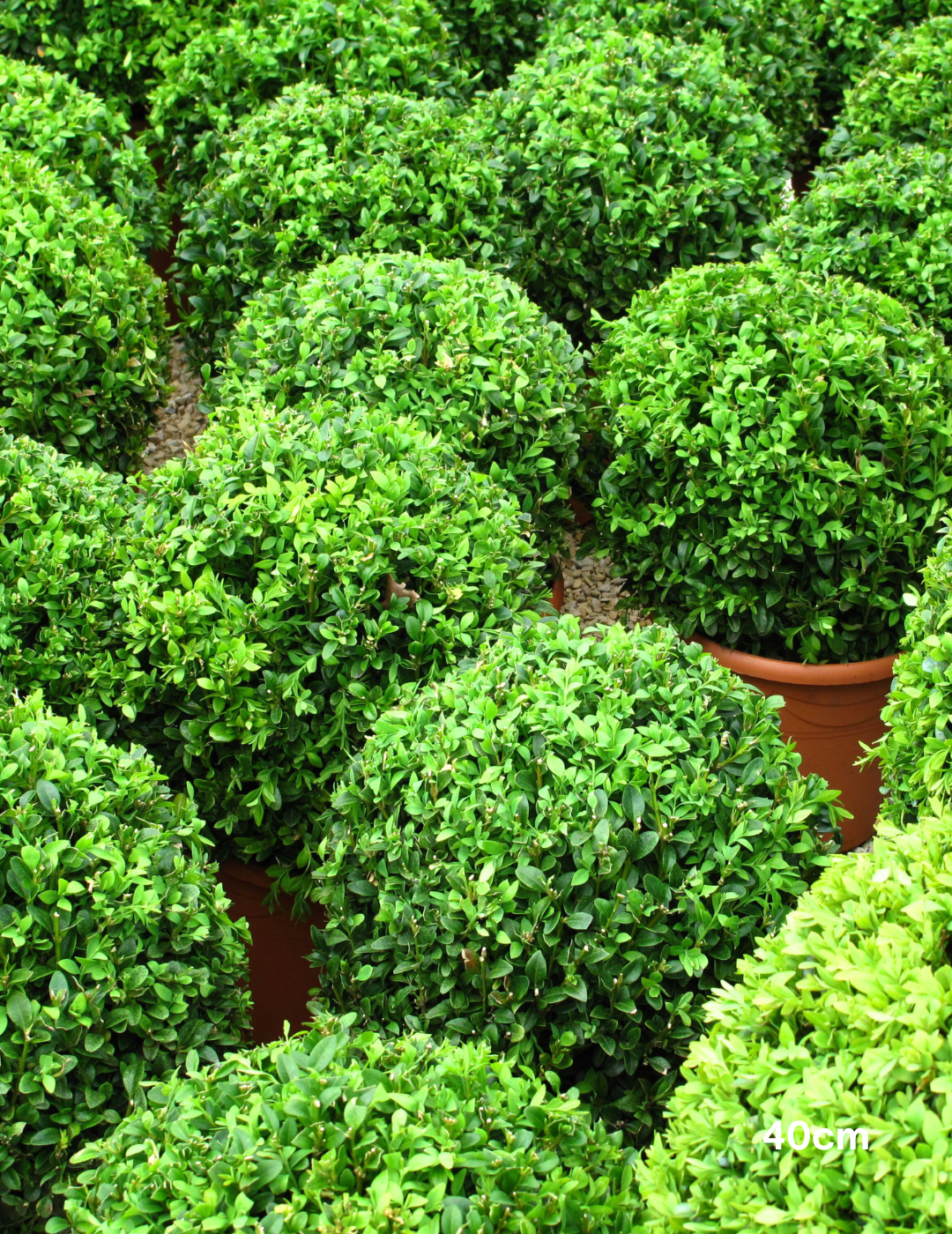

Buxus Japonica (Japanese Boxwood)
- Regular price
- $700.00
- Sale price
- $700.00
- Regular price
-
Learn About Your New Buxus Japonica (Japanese Boxwood)
Buxus Japonica (Japanese Boxwood) is a timeless evergreen shrub that brings structure, elegance, and year-round greenery to any garden. Buxus Japonica is prized for its dense, glossy green foliage, making it a perfect choice for formal hedges, topiaries, and garden borders. This low-maintenance shrub thrives in various soil and climate conditions, making Buxus Japonica (Japanese Boxwood) an ideal plant for both novice and experienced gardeners. Whether used for classic garden hedging, sculpted topiary designs, or container planting, Buxus Japonica remains a versatile and reliable choice for landscapes of all styles.
Common Name:
Japanese Boxwood
Mature Height (meters):
1-2 meters
Mature Width (meters):
1-1.5 meters
Spacing:
Plant 30-50cm apart for hedging or topiary.
Foliage:
Buxus Japonica (Japanese Boxwood) features small, oval-shaped, glossy green leaves that retain their vibrant color year-round. Its dense foliage makes it an excellent choice for formal hedges, borders, and structured garden designs.
Flowering Period:
Small, inconspicuous flowers may appear in spring, but Buxus Japonica is primarily grown for its lush, evergreen foliage.
Form/Habit:
Compact, rounded growth habit that can be easily shaped and maintained for formal garden designs.
Uses:
✔ Perfect for low hedges, borders, and topiary
✔ Ideal for formal gardens, pathways, and structured landscaping
✔ Suitable for container growing and urban environments
Evergreen/Deciduous:
Evergreen
Tolerates:
Buxus Japonica (Japanese Boxwood) is highly adaptable to a range of soil types and can tolerate urban pollution, making it a versatile plant for diverse landscapes.
Drought Hardy:
Moderate drought tolerance once established. Regular watering is recommended during extended dry periods to maintain lush foliage.
Sun:
Prefers full sun to partial shade, though Buxus Japonica can tolerate full shade in warmer climates.
Maintenance:
Requires regular pruning to maintain shape, especially in formal settings. Pruning is best done in late winter to early spring before new growth begins.
Water Requirement:
Moderate; ensure the soil remains consistently moist, especially during the establishment phase.
Need Assistance For Your Next Project? Let Us Help.
Evergreen Trees Direct is Australia's unrivaled supplier of the highest quality advanced tree stock. Our extensive supplier network allows us to provide a one-stop shop for all your landscaping needs, no matter how big or small the project. We pride ourselves on exceptional service, ensuring a seamless experience from selection to delivery. Trust us to bring your landscaping vision to life with the perfect trees for any outdoor space. With our unrivaled selection and commitment to service, Evergreen Trees Direct is the top choice for landscapers, property developers, and garden enthusiasts alike.
-
 A layered, resilient coastal garden designed to withstand harsh salt winds and seasonal extremes. This Mornington Peninsula property features a cur...
A layered, resilient coastal garden designed to withstand harsh salt winds and seasonal extremes. This Mornington Peninsula property features a cur... -
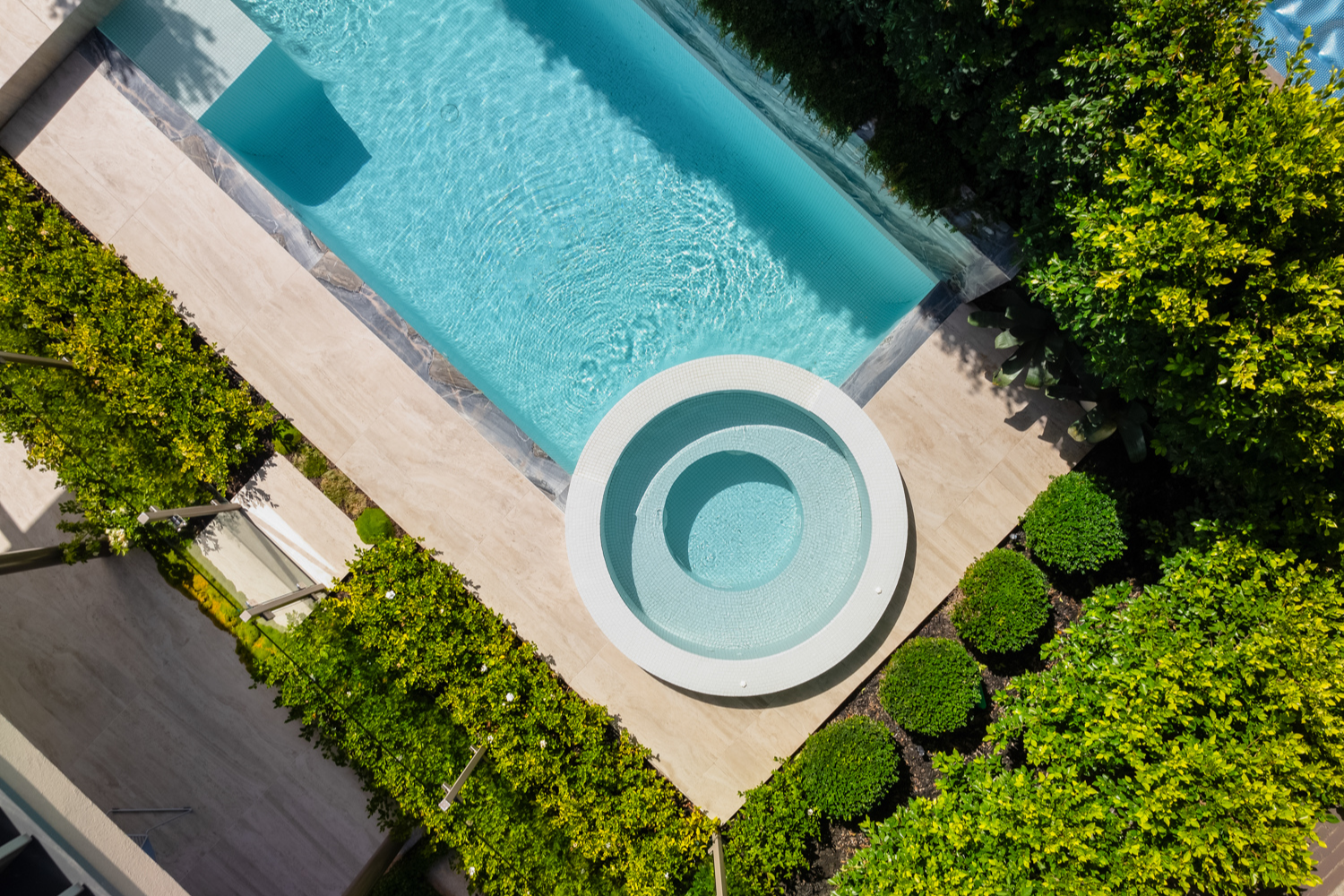
Brighton Project
Presenting our recent project in Brighton, Victoria, landscaped by Jack Merlo Landscape & Design. This modern landscape features a variety of h... -
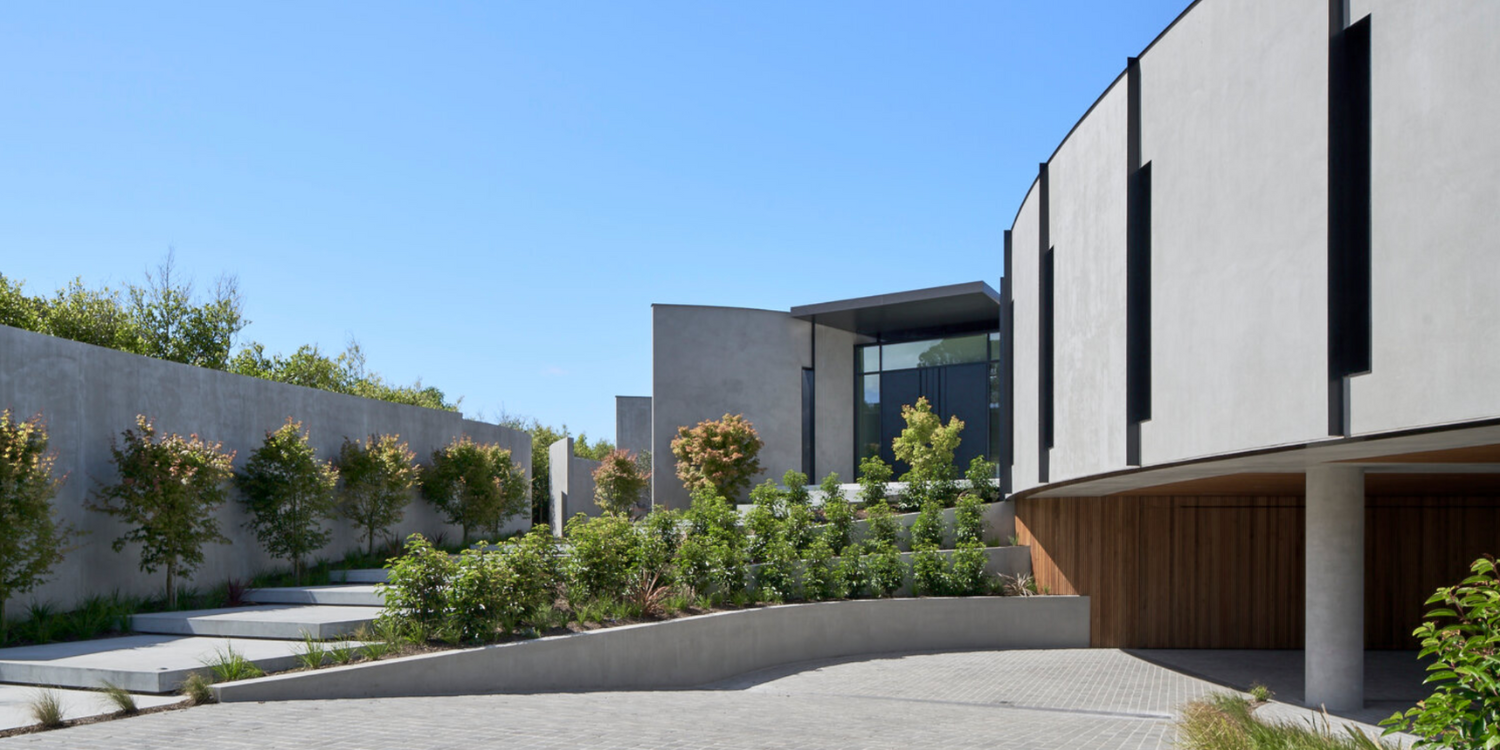
Horizon House, Flinders
Horizon House in Flinders blends nature with bold architectural design, using natural elements to enhance its modern aesthetic.Acer Palmatum (Japan...
